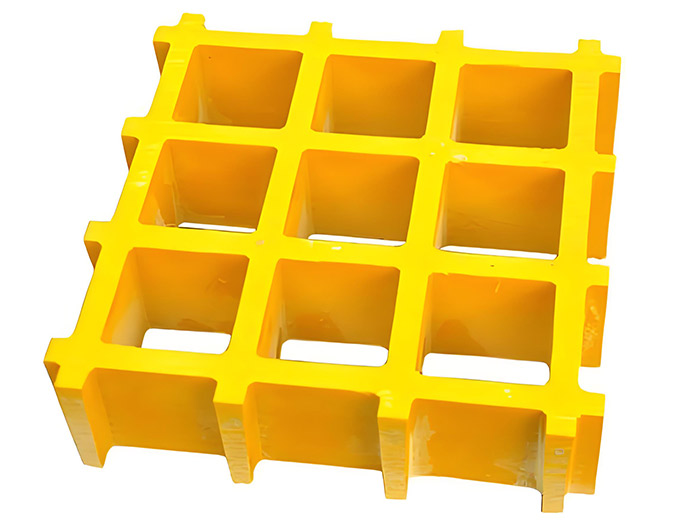FRP Angle for Oil and Gas Industry: Enhancing Safety and Efficiency in Critical Applications
The oil and gas industry operates in environments where safety and efficiency are paramount. From drilling to transportation, every step involves critical applications that demand robust materials capable of withstanding extreme conditions. Fiber Reinforced Polymer (FRP) angles have emerged as a revolutionary solution, offering superior performance in enhancing both safety and operational efficiency. But what exactly are FRP angles, and how do they address the unique challenges of the oil and gas sector? Let’s delve into these questions and explore the transformative potential of FRP angles.
What Are FRP Angles?

FRP angles, also known as fiber-reinforced plastic angles, are composite materials composed of fibers (typically glass or carbon) embedded in a polymer matrix. This combination results in a material that is lightweight yet incredibly strong, resistant to corrosion, and capable of withstanding high temperatures and mechanical stress. In the oil and gas industry, where harsh conditions are the norm, FRP angles provide a durable alternative to traditional materials like steel and concrete.
Why Are FRP Angles Essential for the Oil and Gas Industry?
The oil and gas sector faces numerous challenges, including exposure to corrosive substances, extreme temperatures, and frequent mechanical stress. Traditional materials often struggle to maintain structural integrity under such conditions, leading to frequent maintenance, costly downtime, and potential safety hazards. FRP angles, however, offer several advantages:
1. Resistencia a la corrosión
One of the most significant challenges in the oil and gas industry is corrosion. Pipelines, storage tanks, and processing equipment are constantly exposed to harsh chemicals and moisture, leading to degradation over time. FRP angles are highly resistant to corrosion, ensuring long-term durability and reducing the need for frequent repairs.
2. Lightweight yet Strong
FRP angles are significantly lighter than steel or concrete, which reduces the load on existing infrastructure. This lightweight nature also makes them easier to install, lowering labor costs and minimizing project timelines. Despite their weight, FRP angles offer remarkable strength, making them suitable for critical applications where structural integrity is non-negotiable.
3. High Temperature Tolerance
Many processes in the oil and gas industry involve high temperatures, which can compromise the performance of traditional materials. FRP angles, however, can withstand extreme heat without losing their structural properties, ensuring consistent performance even in the most demanding environments.
4. Electrical and Chemical Insulation
FRP angles provide excellent electrical and chemical insulation, making them ideal for applications where these properties are essential. This insulation capability enhances safety by preventing short circuits and protecting equipment from chemical damage.
Addressing Safety and Efficiency Challenges
The implementation of FRP angles in the oil and gas industry has led to significant improvements in both safety and efficiency. By reducing the risk of corrosion and structural failure, FRP angles minimize the likelihood of accidents, protecting workers and the environment. Additionally, their lightweight and easy-installation features contribute to faster project completion, allowing companies to meet tight deadlines without compromising on quality.
Case Study: Enhancing Pipeline Integrity
A major oil company recently replaced traditional steel supports with FRP angles on their pipeline system. The result was a marked reduction in corrosion-related issues and a significant decrease in maintenance costs. The company also reported improved operational efficiency due to the faster installation process.
Sharing Insights: Best Practices for FRP Angle Implementation
For companies considering the adoption of FRP angles, proper implementation is key to maximizing their benefits. Here are some best practices:
- Conduct Thorough Material Testing: Ensure that the FRP angles meet industry standards and are suitable for the specific application.
- Work with Experienced Suppliers: Partner with reputable suppliers who understand the unique requirements of the oil and gas industry.
- Implement Proper Installation Techniques: Follow manufacturer guidelines to ensure optimal performance and longevity.
- Monitor and Maintain Regularly: While FRP angles are durable, regular inspections can help identify any potential issues early on.
Conclusión
FRP angles represent a significant advancement in the oil and gas industry, offering a durable, lightweight, and corrosion-resistant solution for critical applications. By enhancing safety and improving efficiency, FRP angles are helping companies overcome the challenges of a demanding industry. As technology continues to evolve, the potential applications of FRP angles are likely to expand, further solidifying their role as a cornerstone of modern oil and gas infrastructure.







